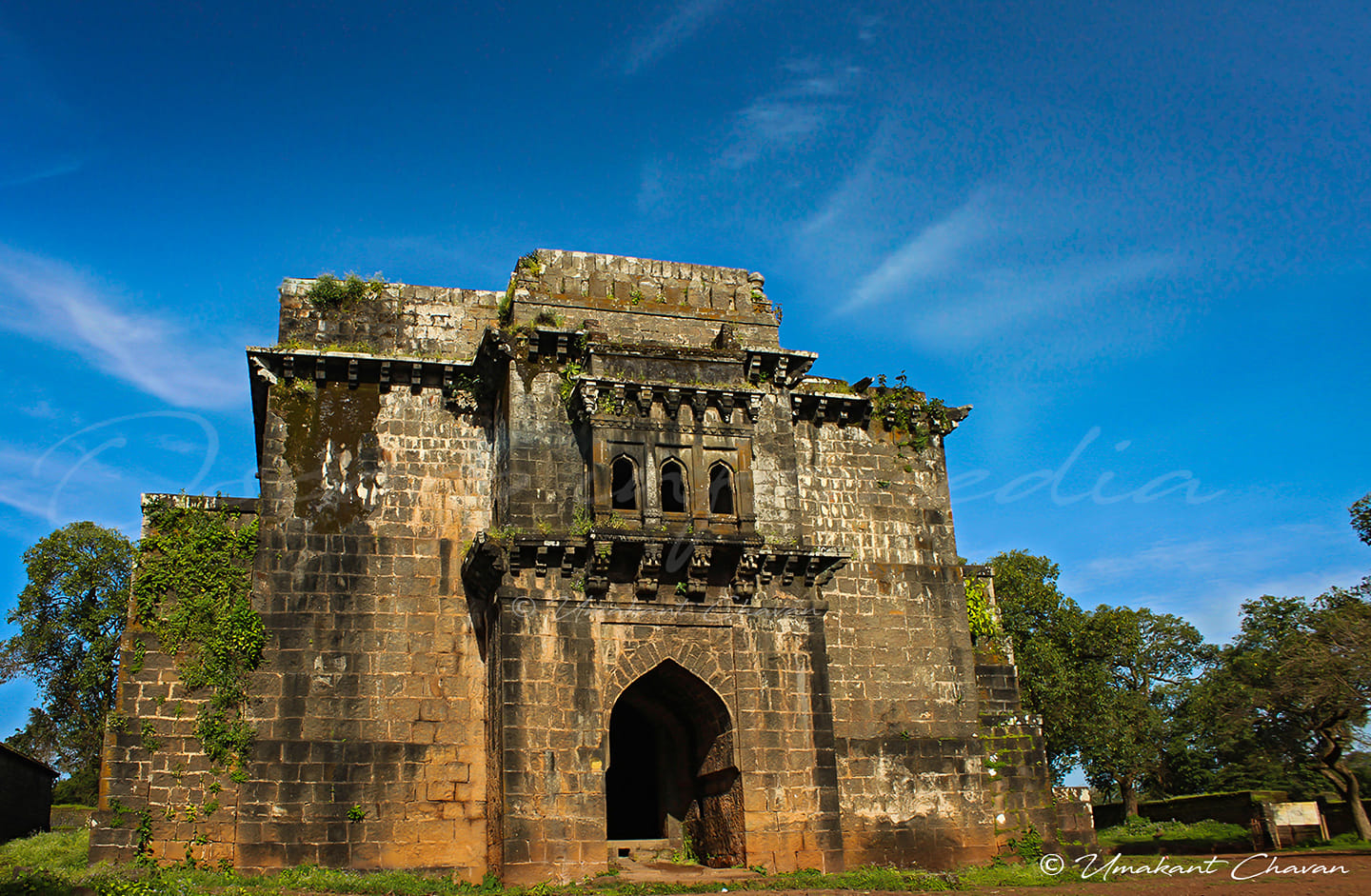Perched atop the Sahyadri mountain range in Maharashtra, Panhala Fort stands as a symbol of valor, resilience, and historical grandeur. With a history dating back to the 12th century, this magnificent fort has witnessed the rise and fall of empires, making it a cherished destination for history enthusiasts, trekkers, and those seeking to immerse themselves in the tapestry of Maharashtra’s past.
History of Panhala Fort:
Panhala Fort’s history is intertwined with the Maratha Empire and the legendary warrior king, Chhatrapati Shivaji Maharaj. Built around 1178 CE by the Shilahara ruler Bhoja II, it later came under the Maratha rule in the 17th century. The fort was a pivotal site during Shivaji’s reign, serving as his secondary capital.
Architecture and Structures:
Panhala Fort’s architecture is a blend of strategic brilliance and aesthetic beauty. It encompasses a sprawling complex with robust stone walls, bastions, a mesmerizing lotus-shaped lake, and historical remnants like Sajja Kothi, where Shivaji spent his youth. The fort’s location on the Sahyadris offers breathtaking panoramic views.
Cultural and Historical Significance:
Beyond its historical value, Panhala Fort is a place where echoes of the past resonate. It houses several temples, including the Teen Darwaza Mosque and the Ambabai Temple, reflecting the religious diversity of the region. The fort’s strategic importance and architectural marvels continue to captivate visitors.
Visitor Information:
Reaching Panhala Fort is relatively convenient, with Kolhapur being the nearest city. The fort is open year-round, and a nominal entry fee is charged to maintain its upkeep.
Best Time to Visit:
The post-monsoon and winter months, from October to March, provide the most pleasant weather for exploring Panhala Fort. The lush greenery and moderate temperatures enhance the overall experience.
Nearby Attractions:
The region around Panhala Fort offers numerous attractions. Jyotiba Temple, Pawankhind, and the hill station of Amba Ghat are popular places to visit. The fort is also a gateway to explore Kolhapur’s rich culture and cuisine.
FAQs (Frequently Asked Questions):
1. How can I reach Panhala Fort from Kolhapur?
Panhala Fort is approximately 20 kilometers from Kolhapur, making it a short drive. You can hire a taxi or take a bus to reach the fort.
2. Is there an entry fee for Panhala Fort?
Yes, there is a nominal entry fee for visitors. The revenue generated contributes to the maintenance and preservation of this historical gem.
3. Are guided tours available for Panhala Fort?
Yes, local guides are often available at the fort’s entrance. They provide informative tours, sharing insights into the fort’s history and significance.
4. Can you explore the fort independently, or is a guided tour recommended?
While exploring independently is possible, a guided tour is recommended to fully appreciate the historical and architectural details of Panhala Fort.
5. What are the must-see attractions within Panhala Fort?
Key attractions include the Sajja Kothi, Ambabai Temple, and Teen Darwaza Mosque. Don’t miss the lotus-shaped lake and the mesmerizing views from various vantage points.
Conclusion:
Panhala Fort invites you to embark on a journey through time, where history unfolds amidst stunning natural beauty. It’s more than just a fort; it’s a living testament to Maharashtra’s glorious past. As you wander through its labyrinthine paths, stand at its bastions, and gaze at the lush Sahyadris, you’re not just visiting a fort; you’re stepping into a realm where legends were born, battles were fought, and the echoes of valor still resonate.
Featured Image – https://www.facebook.com/photo/?fbid=2263719013719982
